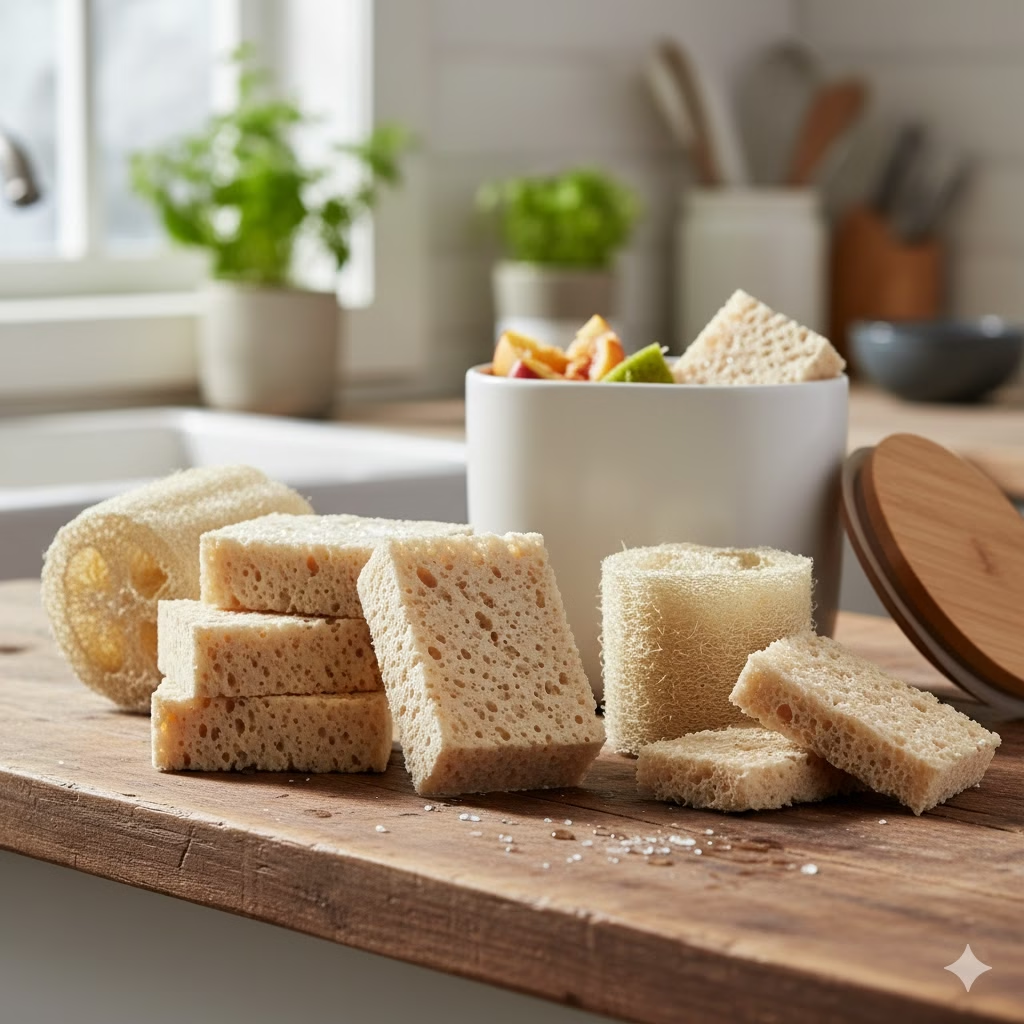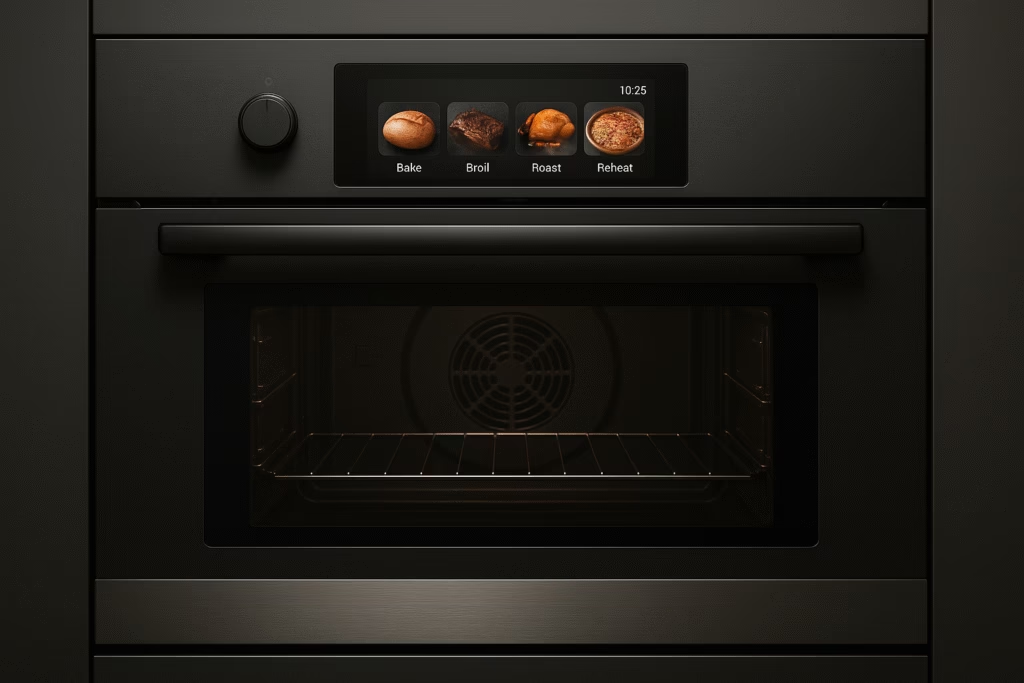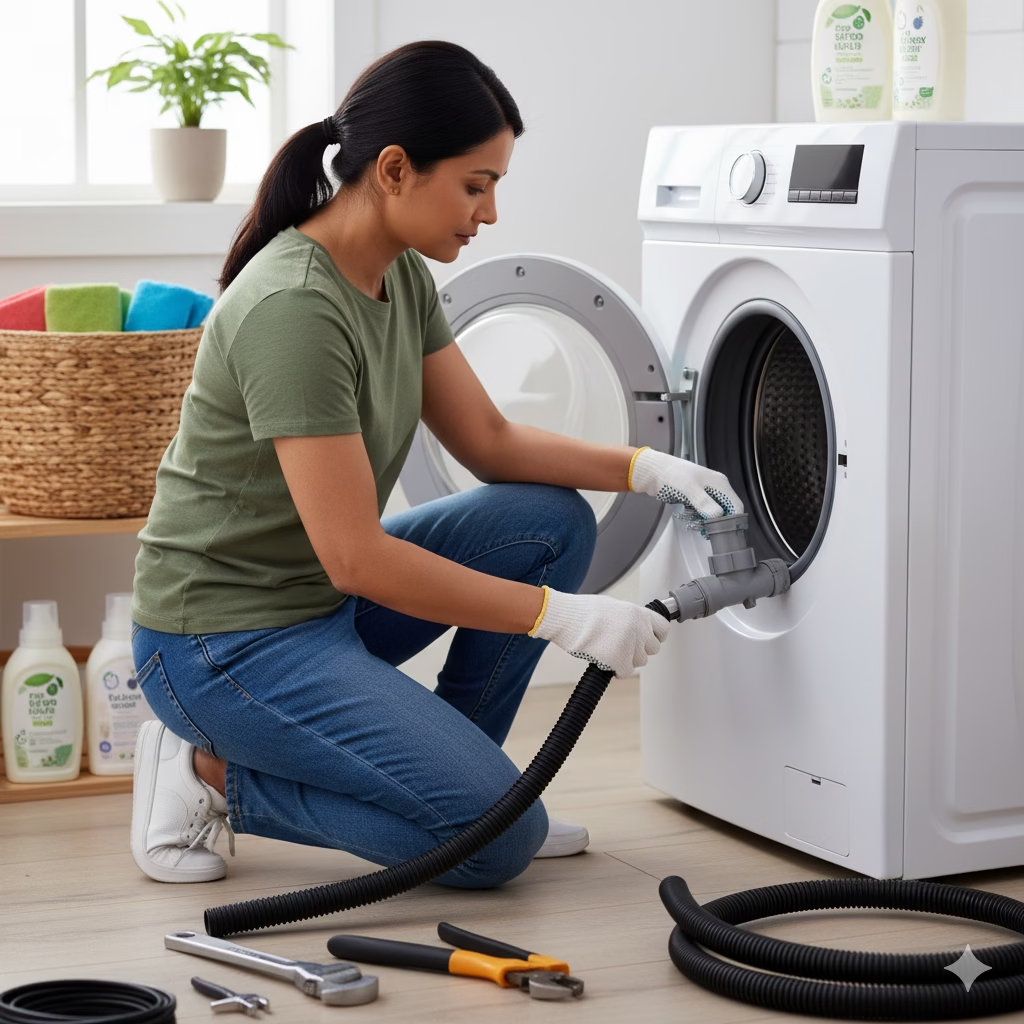
As a homeowner, you’re always looking for smart ways to save money and live more sustainably. I’ve been there, watching the water meter spin, wondering if there was a better way to Cut Your Water Bill. This guide shares the practical, real-world solutions I’ve discovered to harness household water, transforming a common drain into a valuable resource. Join me as we explore how a little ingenuity can lead to big savings and a greener lifestyle.
Introduction: The Water Hidden in Your Home
Think about the water you use every day to shower or wash your clothes. Where does it all go? Most of it goes straight down the drain and is lost forever. But what if that water could be used again? This idea is called greywater recycling. It’s a simple, smart way to save a lot of money on your water bill and help the planet at the same time.
Many people worry about high water costs or live in areas where water is scarce. We try to take quick showers and only run full dishwashers. These are good steps, but they miss the biggest opportunity: greywater.
Greywater is wastewater from your home that hasn’t touched human waste. This water comes from your bath, shower, washing machine, and bathroom sinks. It is usually quite clean. It does not include water from the toilet (which is called blackwater). By catching and reusing this water for things like watering your yard, you cut down how much fresh water you buy from the city. This leads to real savings on your monthly bill.
This guide will show you everything about recycling greywater. We will cover why it matters, the different systems you can set up for any budget, and how to install them step-by-step. Prepare to make your home a water-saving champion and see your meter slow down!
Why Greywater Matters: Saving Money and Water

The reasons to start using greywater are strong. They help both your wallet and the environment.
1. Slash Your Water Bill: This is the biggest reason for most people. A huge part of your home’s water—sometimes up to 80%—goes to watering your lawn or garden. When you use greywater instead, you stop buying that fresh water. This means you save money every month, especially if your city charges more as you use more water.
2. Protect Fresh Water: We only have so much clean, fresh water. Climate change and more people put stress on our rivers and lakes. When you reuse greywater, you lower the demand on these vital sources. This keeps water available for nature and for future use.
3. Tougher During Dry Times: If you have a garden, greywater is gold during a dry spell. When water use is restricted, your plants can still get the water they need. If you use safe soaps, the water even gives your plants a little bit of extra food.
4. Less Work for Treatment Plants: Every gallon you reuse on-site is one less gallon the city has to clean up. Cleaning wastewater takes a lot of energy and money. By reusing at home, you reduce the stress on public systems.
5. Being Water Wise: Using greywater is a clear sign that you are committed to living sustainably. It’s an easy, real way to lower your impact on the earth.
What is Greywater? Knowing the Difference
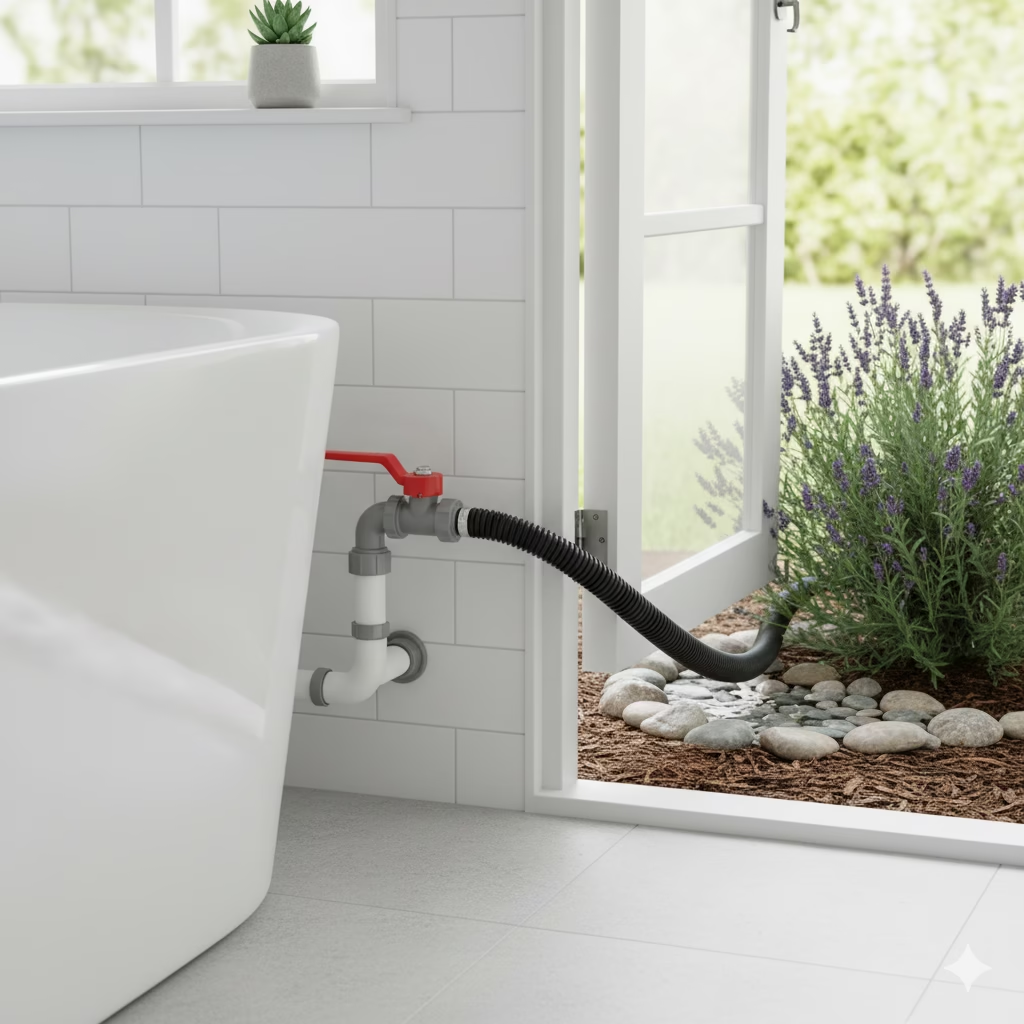
You must know what greywater is and what it isn’t to use it safely.
Greywater Comes From:
- Showers and baths.
- Washing machines.
- Bathroom sinks.
Do NOT Use (This is Blackwater):
- Toilets.
- Kitchen sinks (too much food grease and soap).
- Water used when someone is sick.
Key Safety Points
- Soaps Matter: Only use soaps that break down easily and have low amounts of salt and phosphorus. Harsh cleaners, bleach, and high boron levels hurt plants and soil. Always look for plant-safe labels.
- Use It Fast: Greywater should be used right away, within a day. If you store it longer, bad bacteria can grow, and it will start to smell.
- Keep It Separate: Never drink greywater. Don’t use it to wash food. Try not to spray it directly onto the leaves or edible parts of your vegetables.
Greywater System Types: Pick the Right Fit
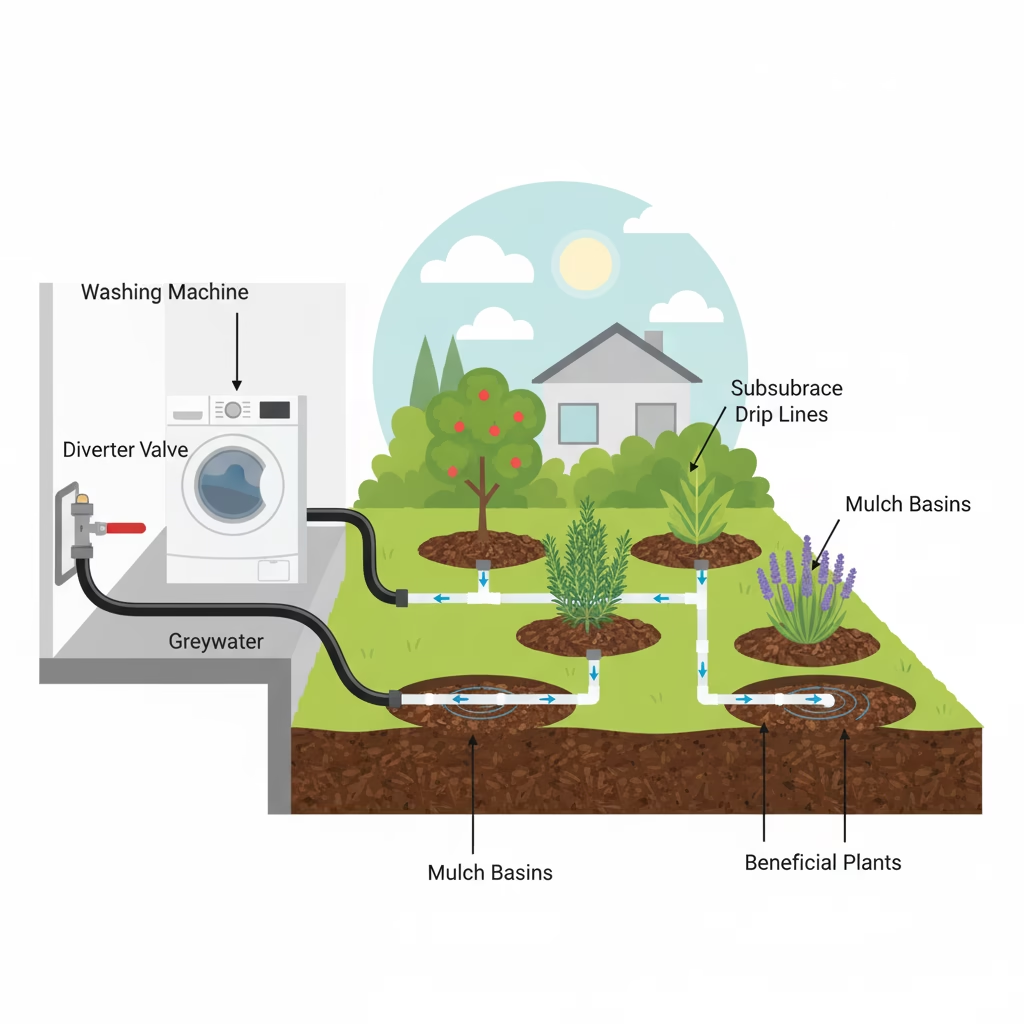
Systems range from very easy and cheap to complex and automated. Your choice depends on your skill level, budget, and how much water you want to save.
1. Simple, Manual Methods (Easy Entry)
These need you to do some work but cost almost nothing.
A. The Bucket Method:
- How it works: Keep a bucket in your shower. Catch the cold water while you wait for it to warm up. Use this water right away on your house plants or pour it down the toilet to flush it.
- Pros: Free. No tools needed. Instant savings.
- Cons: You must do the heavy lifting. You only catch a small amount.
2. Laundry-to-Landscape (L2L) Systems (Best Value)
This is a favorite choice. It often costs less and is easy to install. Always check your local rules first!
- How it works: A special valve is put on your washing machine’s drain hose. With a simple switch, you send the used wash water either to the sewer or out to your yard through pipes buried just under the ground.
- Pros: Cheap to set up. Little impact on your home’s main pipes. Saves a lot of water if you do laundry often.
- Cons: Only captures wash water. Needs careful planning for where the water goes in your yard. You must use safe soaps.
- Best for: Most homeowners with a garden who are ready to change their laundry soap.
Installing an L2L System: Simple Steps
- Check Rules: See what your town allows. Some places need a permit or a licensed plumber.
- Change Soap: Switch to low-salt, eco-friendly liquid detergent. This is vital for plant health.
- Design the Spot: You need an area where the water can soak in slowly. It must not pool on the surface. Dig shallow trenches or build small mounds called mulch basins around sturdy shrubs or trees. Keep these areas away from your house walls.
- Set Up Valves: Install the greywater diverter valve right on your washing machine drain pipe. Make sure the switch is easy to see so you know where the water is going.
- Lay the Pipes: Connect the valve to plastic tubing. Let gravity do the work to move the water to your basins.
- Cover It Up: Place 4 to 6 inches of wood chips (mulch) over the pipes in the basins. The mulch filters the water, stops smells, and keeps the water from evaporating in the sun.[invalid URL removed]
- Test It: Run a short, rinse-only wash cycle. Watch the basins to make sure the water spreads out evenly. Track your meter to see how much you save.
3. Advanced Systems (Big Projects)

These are for bigger needs or whole-house reuse. They cost more and need more work.
- Branched Systems: These tap into the main pipes after the water leaves fixtures like showers and sinks but before it hits the main sewer line. They use filters (like sand) and pumps to move the water to a holding tank or directly to the yard.
- Pump and Filter Systems: These systems collect water, use multi-stage filters (screens, biological filters), and sometimes UV light to clean it very well. The clean water is stored and can be used for irrigation or sometimes even refilled into toilet tanks indoors, based on local laws.
How to Really Cut Your Water Bill in Half
To see major savings, you need to replace most of your outdoor water use.
A Simple Look at Savings Potential:
A family of four uses roughly 100 to 125 gallons of greywater daily from showers and laundry.
If your water costs about $0.003 per gallon (this price changes often):
Annual Savings≈$0.33×365 days=$120.45
This seems small, but remember: Water rates always go up. More importantly, this water replaces the most expensive water use—irrigation. If your normal outdoor watering costs you $\$200$ a summer month, replacing that entirely with free greywater easily lets you cut your water bill by a third or more. To hit 50% savings, you need to divert nearly all your shower, bath, and laundry water and use it well.
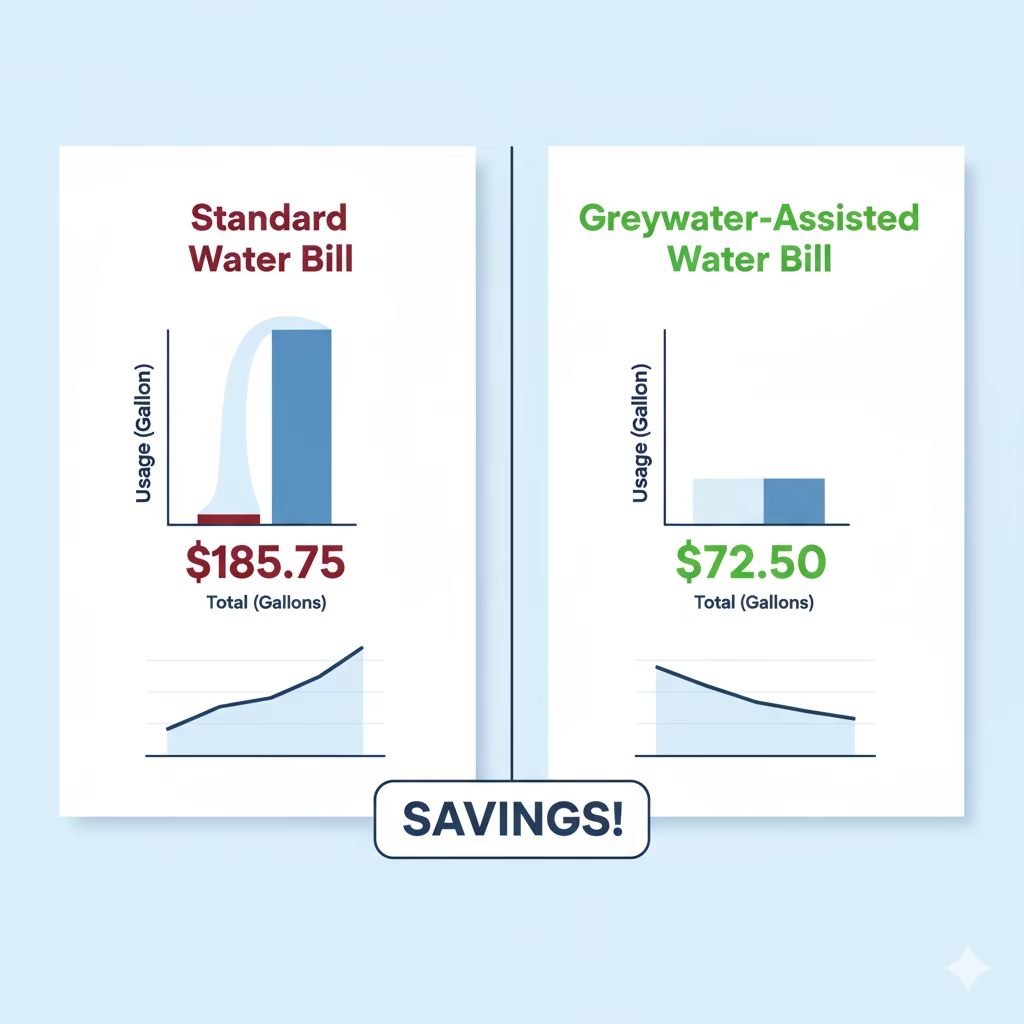
Essential Tips for Long-Term Success
Setting up the system is step one. Keeping it running well is step two.
Tip 1: Know Your Soil
Water soaks into sand fast but can run off clay too quickly. If you have heavy clay soil, you must use shallow trenches or raised mulch basins so the water spreads out and evaporates slowly instead of drowning your plants’ roots.
Tip 2: Mulch is Mandatory
A thick layer (4+ inches) of wood chips over the distribution area is key. Mulch acts as a natural filter. It stops bad smells by allowing air in. It also stops the soil surface from hardening up, which keeps the water sinking in where it should be.
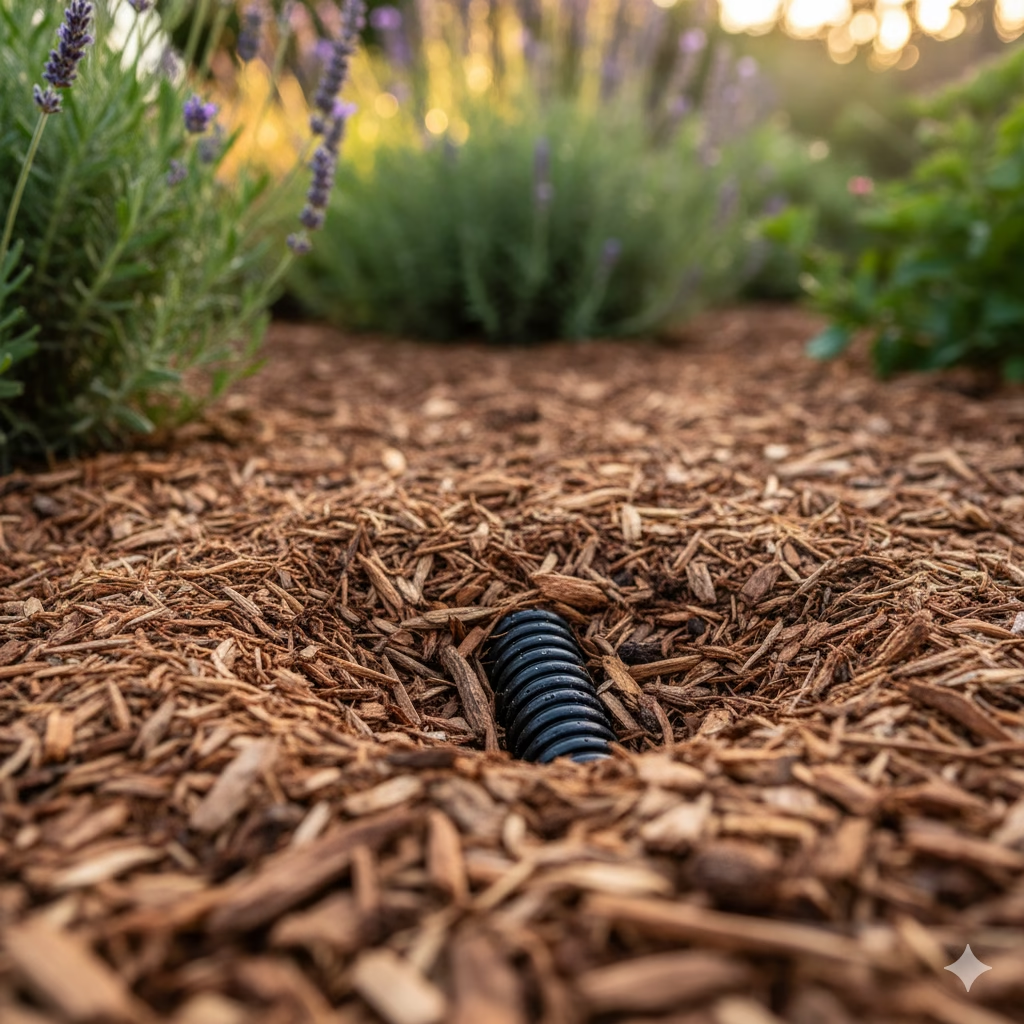
Tip 3: Rotate the Water Zones
Don’t water the same spot with greywater all year long. Too much water, even clean water, can damage the soil. If your yard is large enough, set up two separate sections. Water Section A for a month, then switch to Section B for a month. This lets the soil in Section A rest and recover.
Tip 4: Filter Out the Lint
Your washing machine throws off lint, hair, and soap residue. This stuff clogs up pipes and emitters fast. Always clean the lint screen on your machine. If you have a pipe going underground, put a simple sock filter or a removable screen filter right before the water goes outside. Clean this filter every week or two.
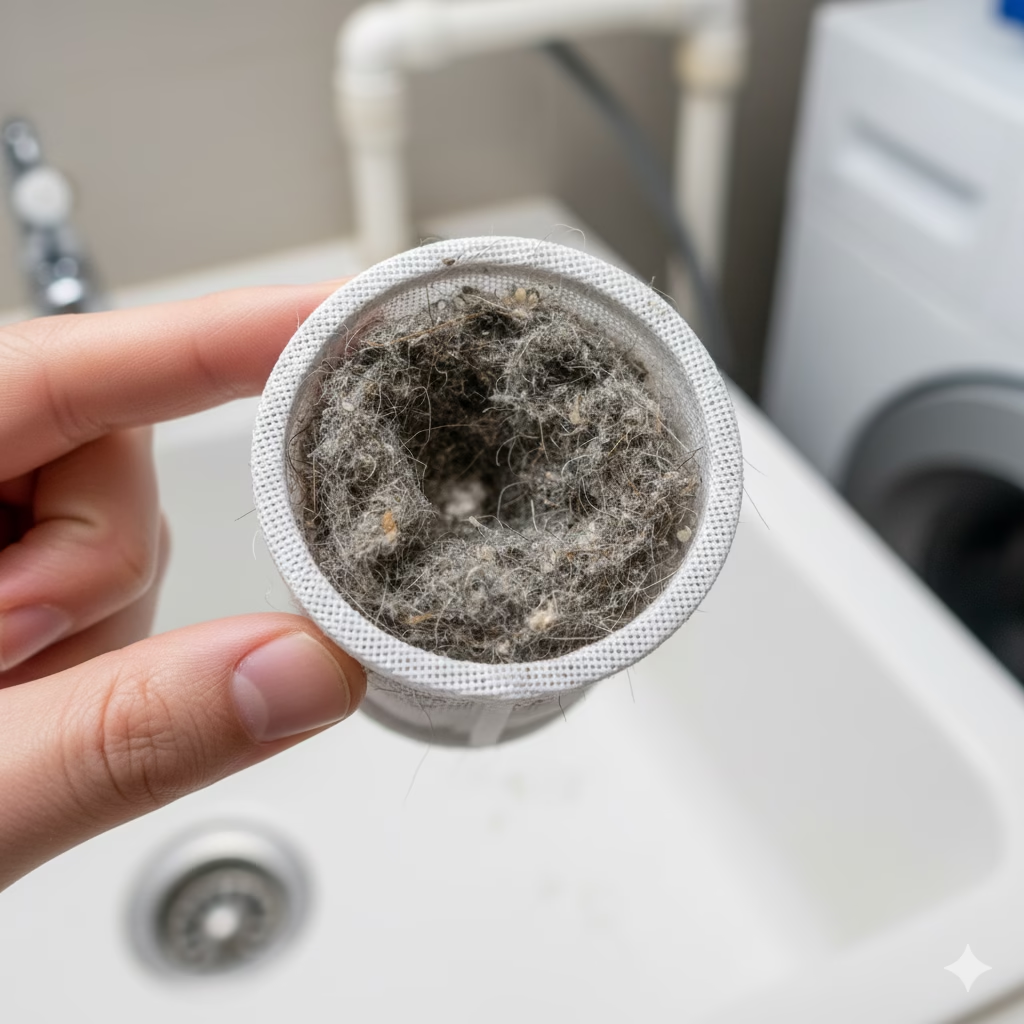
Tip 5: Choose Plants Wisely
Some plants love the light nutrients in greywater. Others hate it.
- Good Bets: Hardy shrubs, many flowers, and deep-rooted trees (like fruit trees) do well.
- Bad Bets: Grass lawns (they need very even, constant watering that greywater struggles to provide) and shallow vegetable roots.
Maintenance Checklist
A small amount of regular care keeps your system saving you money.
Check Monthly:
- Soap Check: Make sure everyone in the house is using approved, low-salt soaps. One bottle of bleach can undo weeks of work.
- Leak Search: Walk the path of the pipes. Look for drips or wet spots in unexpected places.
- Filter Cleaning: Clean any simple mesh or sock filters you installed.
Check Seasonally:
- Loosen Soil: Use a rake or pitchfork to gently loosen the mulch layer above your dispersal pipes. This keeps the soil from getting too compacted.
- Winterizing (If Needed): If you live where it freezes hard, you must drain all water from the outdoor pipes before winter hits to prevent bursting.
By staying on top of these tasks, you ensure your system keeps working hard to help you cut your water bill for years to come.
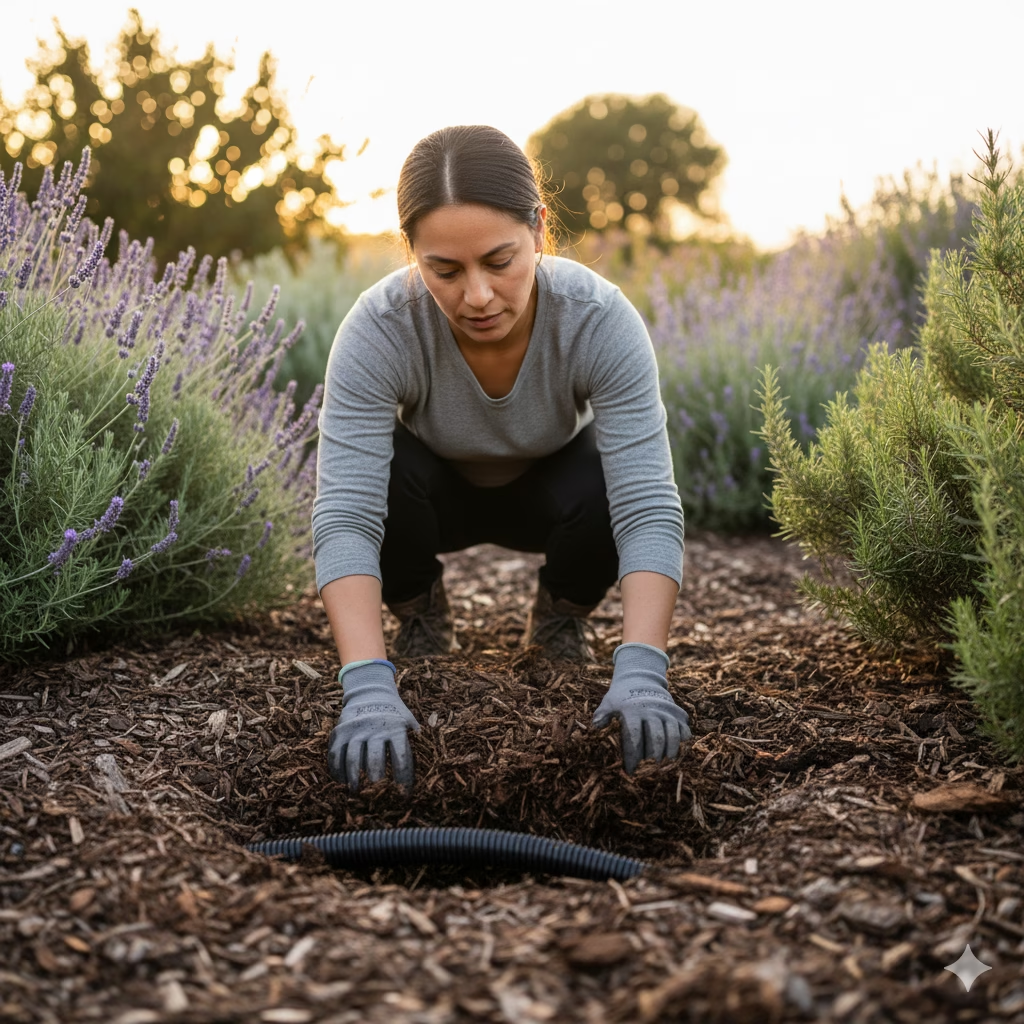
Conclusion: Water Wisdom Pays Off
Recycling greywater is a fundamental shift in how we view our household resources. You save money right away. You also become part of the solution for saving water locally. Start small with a bucket or move up to an easy L2L system. Every gallon you divert helps your budget and helps secure our local water supply. Take the first step—check the rules, change your soap, and let your used water start working for you!
Frequently Asked Questions (FAQ) About Greywater Recycling
Q: Does greywater make my yard smell bad?
A: No, if it’s done right. The water needs to move quickly and be applied under the ground or mulch. Smells only happen when the water sits still and rots. Using safe soaps also prevents odors.
Q: Will using greywater kill my plants or ruin my soil?
A: The water itself is fine. Harsh chemicals are the danger. If you switch to low-sodium, biodegradable soaps, your soil stays healthy, and your plants will likely thrive with the extra watering.
Q: Can I use kitchen sink water in my system?
A: For simple systems like L2L, the answer is generally no. Kitchen water has grease and food bits that clog simple filters quickly. Only advanced, multi-stage filtration systems should handle kitchen water.
Q: How much water does a typical family make each day?
A: A family of four can easily produce over 100 gallons of usable greywater daily from showers and laundry alone.
Q: Do I need a permit for a greywater setup?
A: This changes a lot depending on where you live. Simple bucket or L2L systems might be okay without one, but complex systems almost always need permission and inspection from your local plumbing office. Always check your local city or county rules first.
References
- EPA – 2004 Guidelines for Water Reuse
- MDPI – Greywater as an Alternative Solution for a Sustainable …
- Pacinst – The Potential of Greywater Systems
Recent Posts

